#oort cloud
Text

Comet C/2023 E1 (ATLAS) on July 13, 2023 // Dan Bartlett
217 notes
·
View notes
Photo
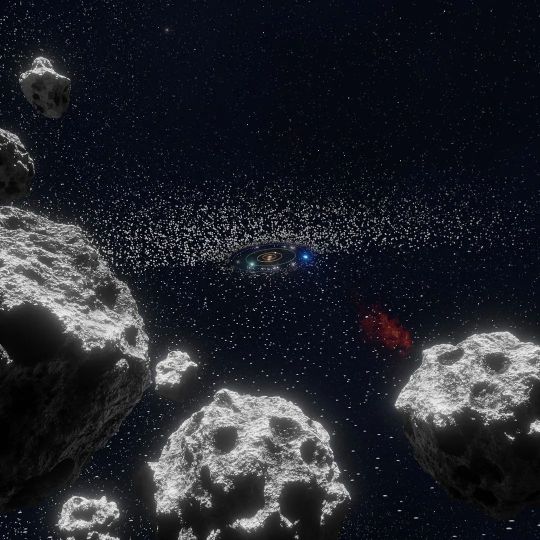

“ Imagine a massive celestial bubble made of ice and dust surrounding our Solar System. That’s the Oort cloud ❄️🌌
🚀 The Oort Cloud lies at the very edges of the Solar system. It’s so far away that it can’t be seen directly and remains unexplored by spacecraft.
🌠 Long-period comets, taking centuries to orbit the Sun, provide evidence for the existence of the Oort Cloud. Scientists believe this vast region is the birthplace of these cosmic travelers.
☄️ Apart from long-period comets, the Oort cloud may feature asteroids and dwarf planets. “
// astro.voyagers
#space#planets#earth#moon#mercury#Venus#Mars#Jupiter#Saturn#Neptune#Uranus#pluto#SolarSystem#galaxy#Galaxies#MilkyWay#universe#oort cloud#aesthetics#wanderlust#explore#follow#discover
382 notes
·
View notes
Text


The Oort Cloud
The Oort cloud (sometimes called the Öpik–Oort cloud) is theorized to be a vast cloud of icy planetesimals surrounding the Sun at distances ranging from 2,000 to 200,000 AU (0.03 to 3.2 light-years.
The concept of such a cloud was proposed in 1950 by the Dutch astronomer Jan Oort, in whose honor the idea was named. Oort proposed that the bodies in this cloud replenish and keep constant the number of long-period comets entering the inner Solar System—where they are eventually consumed and destroyed during close approaches to the Sun.
The cloud is thought to comprise two regions: a disc-shaped inner Oort cloud aligned with the solar ecliptic (also called its Hills cloud) and a spherical outer Oort cloud enclosing the entire solar system.
Both regions lie well beyond the heliosphere and are in interstellar space. The Kuiper belt, the scattered disc and the detached objects—three other reservoirs of trans-Neptunian objects—are more than a thousand times closer to the Sun than the innermost portion of the Oort cloud (as shown in a logarithmic graphic within this article)...
Read more: Oort cloud - Wikipedia
66 notes
·
View notes
Text

Imagine a massive celestial bubble made of ice and dust surrounding our Solar System — that’s the Oort Cloud and this is its scale.
The Oort Cloud lies at the very edges of the solar system.
Even the farthest ones, which are still working like Voyager 1, Voyager 2 and New Horizons, didn't go beyond the cloud.
Long-period comets, taking centuries to orbit the Sun, provide evidence for the existence of the Oort Cloud.
Scientists believe this vast region is the birthplace of these cosmic travelers.
13 notes
·
View notes
Text

#066: Oortsider
These colossal organisms have adapted to live within asteroid belts and Oort clouds. Living in outer space without gravity, their bodies have no real up or down, and can maneuver through the icy rocks regardless of orientation! It's thought they first evolved in protoplanetary disks, and as solar systems formed, they moved to the outer clouds of space debris. A lifeform that can exist and thrive before life-sustaining planets are even formed! In the vacuum of space, they can only communicate via flashes of light, half of each eye can produce light of different colors, while the other half receives the light!
Based on a speculative biology concept I've had for a while! A true alien species that lives in the Oort cloud!
#creature design#species design#alien design#specbio#oort cloud#speculative biology#space#sooo happy to finally draw them!
16 notes
·
View notes
Text
What is the Kuiper Belt?
The Kuiper belt is a circumstellar disc in the outer Solar System, extending from 30 AU (just beyond the orbit of Neptune) to at least 100 AU from the sun. An object found in the Kuiper belt is appropriately called a Kuiper belt object (KBO).
It is similar to the asteroid belt, but is far larger—20 times as wide and 20–200 times as massive. Like the asteroid belt, it consists mainly of small bodies or remnants from when the Solar System formed.
While many asteroids are composed primarily of rock and metal, most Kuiper belt objects are composed largely of frozen volatiles (termed "ices"), such as methane, ammonia, and water.
The Kuiper belt is home to most of the objects that astronomers generally accept as dwarf planets: Orcus, Pluto, Haumea, Quaoar, and Makemake. Some of the Solar System's moons, such as Neptune's Triton and Saturn's Phoebe, may have originated in the region.

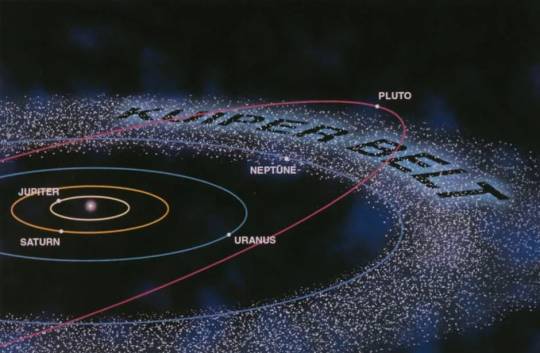
‼️The Kuiper Belt shouldn't be confused with the Oort Cloud, which is a much more distant region of icy, comet-like bodies that surrounds the solar system, including the Kuiper Belt. Both the Oort Cloud and the Kuiper Belt are thought to be sources of comets.
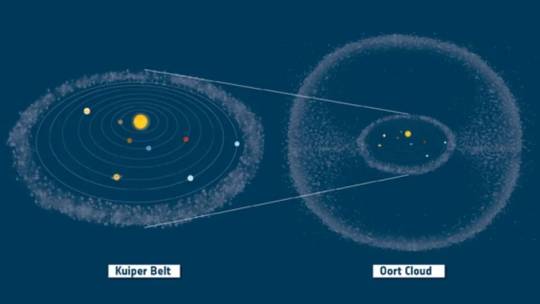
• Why is it important?
One of the most important aspects to the Kuiper Belt is the look it offers into the formation of our solar system. By studying the Kuiper Belt, scientists may be able to better understand how planets and planetesimals – the building blocks of the planets – were formed. The New Horizons spacecraft sent data about the ancient Kuiper Belt object Arrokoth (2014 MU69).
‼️Scientists said just as fossils reveal the formation of life on earth, objects such as Arrokoth show how planets formed in space.
#kuiper systems#kuiper belt#astronomy#hubble#nightsky#solar system#science#nasa#constellations#astrophysics#history#greek mythology#neptune#oort cloud
270 notes
·
View notes
Text
Is the Oort cloud gravitationally bound to the Sun? What I mean is, is it part of the solar system with the Sun at it's center, or is it just a big ball of gas and debris that the Sun happens to be in? If the former, does that mean other stars have their own Oort clouds? If the latter, are any of our stellar neighbors in the cloud with us?
7 notes
·
View notes
Text

Imagine a massive celestial bubble made of ice and dust surrounding our Solar System. That’s the Oort cloud and this is its scale.
The Oort Cloud lies at the very edges of the Solar system. Even the farthest ones which are still working, like Voyager 1, Voyager 2 and New Horizons didn't go beyond the cloud. Long period comets, taking centuries to orbit the Sun, provide evidence for the existence of the Oort Cloud. Scientists believe this vast region is the birthplace of these cosmic travelers...✨
#earth#planet earth#star wars#space science#spacecraft#earth from space#study space#deep space nine#little space#liminal spaces#space exploration#space explorers#space advances#deep space exploration#oort cloud#outer space#solar system#solar eclipse#solar#sunset#astro observations#astro community#astro notes#science acumen#science and technology#science
3 notes
·
View notes
Photo
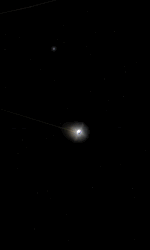




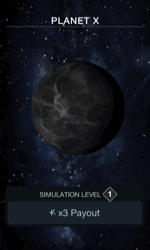
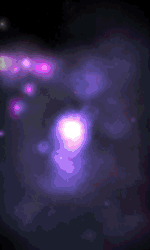



more Cell To Singularity space expansion
please be aware that this game prominently features flashing, eye strain, unreality, & existentialism.
Please view my terms of use (url + /tou) BEFORE you reupload!
#alpha centauri#astronomy#black#blue#cell to singularity#comet#galaxy#gaming#gifs#halley's comet#interstellar medium#oort cloud#orange#orbit#planet x#planetoid#pollux#purple#simulation#solar system#space#stars#sun#content: original footage#location: space#cw: eye strain#cw: flashing#cw: pulsing light#cw: unreality
7 notes
·
View notes
Text
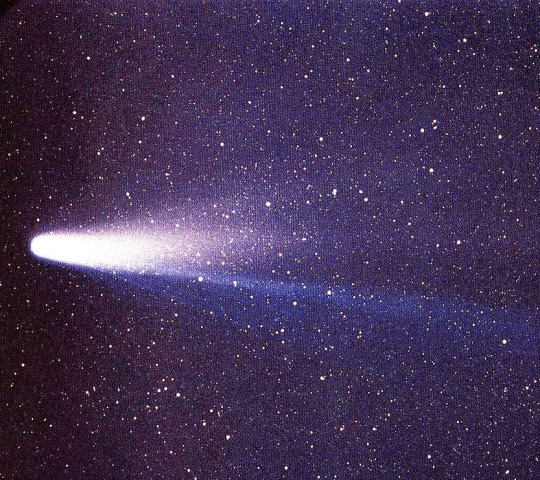
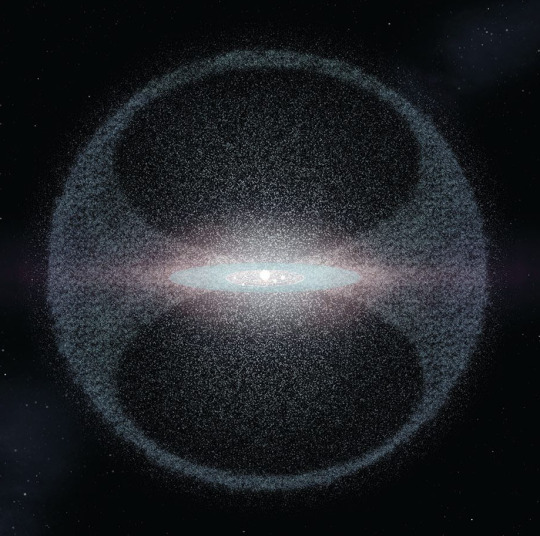
6 notes
·
View notes
Text
fountain in the stars, of ice, at the edges;
fill her with youth and vigor
as she careens your nebulous form.
gathering strength for her journey,
ephemeral in immemorial heaven.
.
she is but one child born in frost
of the innumerable offspring of Oort.
a light of brilliance against our sky,
set forth by longing to orbit
the warmth that tears her apart.
-Halley's Comet-
BL 2022
#twcpoetry#writerscreed#poetry#halley's comet#oort cloud#science#space#astrology#poets on tumblr#spilled ink#poets corner#original poetry#poem#my poem#original poem#spilled poetry
20 notes
·
View notes
Text

C/2007 N3 (Lulin) // Martin Mutti
Discovered by Ye Quanzhi and Lin Chi-Sheng from Lulin Observatory in Taiwan in 2007. This is a non-periodic comet and will never return to Earth.
42 notes
·
View notes
Text

Souvenir of the Future
Long long ago, in a galaxy far far away, I had a part-time college job at a small branch of NASA in NYC. I was the night librarian. (Astronomers are night owls.) Night librarian at NASA sounds like a dream job, and it sort of was. (Astronomers are dreamers.)
Voyager I and II had just launched, and all the staff were in a state of thrilled intoxication. NASA printed this little booklet to explain what the project was about. I took it home because look how poetic the language is:
Out There
The solar system as a whole is moving through galactic space. After all their planetary encounters both Voyager spacecraft will continue to recede from the Sun in the general direction of that motion. At some time they will cross the heliopause - the boundary between the Sun's magnetic and plasma domain and the general stellar wind. Since the location of the heliopause is unknown, the Voyagers may carry out that valedictory flourish of observations before communication at last ceases. (p. 14)
No one then ever imagined that these little Wall-es with the computing capacity of a firefly would still be transmitting data 45 years later. Today, the location of the heliopause has been identified, thanks to Voyager. The NASA website tells us that Voyager I "will reach in the inner edge of the Oort Cloud in 300 years." https://voyager.jpl.nasa.gov/mission/status/
You can download and read the booklet here: https://ntrs.nasa.gov/api/citations/19770022102/downloads/19770022102.pdf
#NASA#heliopause#general stellar wind#and they're still going strong#Forty-five years later#Science is inherently optimistic#Oort cloud#The future in the long long ago
3 notes
·
View notes
Text
Younha — “오르트구름” | “Oort Cloud” English lyrics
When darkness was my everything,
I ran here until I ran out of breath.
Never say, “time’s up,”
Because the border’s edge
Isn’t the end for me.
The thing wavering outside the fence
Maybe a star that nobody knows.
I wanna, wanna be there.
I’m gonna, gonna be there.
With a bursting heart, I break out of this orbit.
Let’s go!
An expedition on a new path.
Beyond the road,
Let’s break the shell.
Quit being afraid.
Only trust me.
Right now is the time to fly.
The end before my eyes, I gingerly cross.
A trip outside the limits, it’s thrilling.
A dream blooming endlessly from a rusted heart—
Even if you say it’s reckless, I believe.
Into a strange universe no one’s ever seen,
I fearlessly dive and fall (fall), fall (fall).
In my suffocated chest,
I’ll light a spark
Shine and bright.
Something shining that’s almost within reach—
Even if it gets farther away the more I run, I’m good.
I never, never give up.
I’m getting, getting better.
The journey already started long ago.
Let’s go!
The moment you think it’s the end,
Beyond the road,
The wide world envelops me.
Though sometimes slow,
Though occasionally tired,
Without stopping, let me fly.
The end before my eyes, I gingerly cross.
A trip outside the limits, it’s thrilling.
A dream blooming endlessly from a rusted heart—
Even if you say it’s reckless, I believe.
(Woah, woah, woah.)
No matter what anyone says, I believe.
(Go,) getting hurt and broken, an overwhelming voyage.
(Go,) if I take one breath and keep going, I’m okay.
In my arms, I’ll embrace the world beyond the clouds.
The end before my eyes, I gingerly cross.
A trip outside the limits, it’s thrilling.
A dream blooming endlessly from a rusted heart—
Even if you say it’s reckless, I believe.
(Woah, woah, woah.)
I believe in my journey.
2 notes
·
View notes
Text
Kuwinda



#solar system#oort cloud#spiritualbeing#breakaway space colony#space#fantasy#record of lodoss war#theosophy#artificial intelligence#midjourney#ai art#ssp#secretspaceprogram#nachtwaffen#human experience#meditation
2 notes
·
View notes
Text
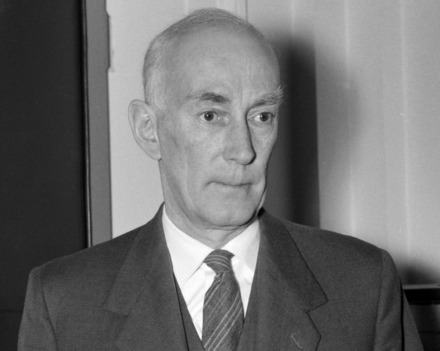
Happy deathday to Jan Oort, who lived his life with his head in a cloud
1 note
·
View note